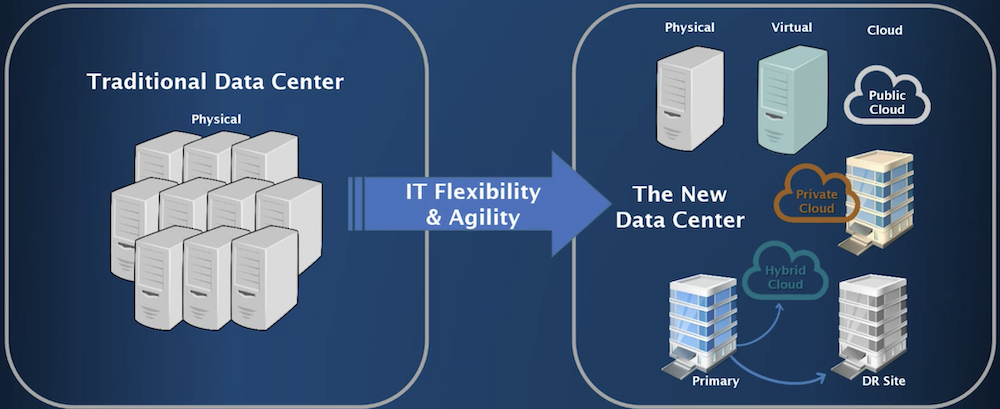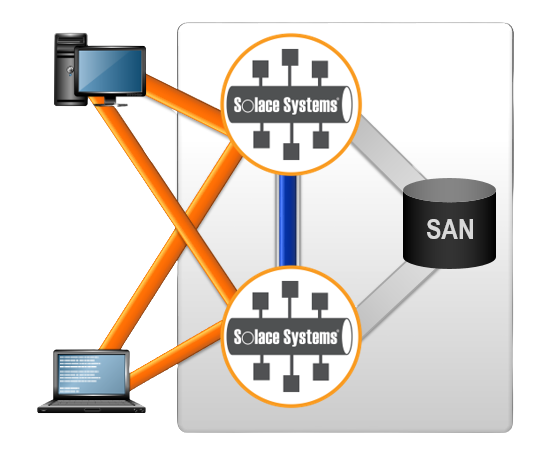HA & DR Sites

Disaster Recovery
Disaster Recovery (DR) refers to the process of recovering IT systems and data following a major outage or disaster, such as a natural disaster, cyber attack, or equipment failure. The goal of DR is to minimize downtime and data loss and to ensure that critical systems and data can be restored quickly and efficiently. To implement an effective DR plan, organizations typically follow a series of steps:
Business impact analysis: This involves identifying critical systems and data and assessing the potential impact of a disaster on the organization's operations.
Risk assessment: This involves identifying potential risks and vulnerabilities that could lead to a disaster and assessing their likelihood and impact.
DR strategy development: Based on the business impact analysis and risk assessment, a DR strategy is developed that outlines the steps required to recover critical systems and data in the event of a disaster.
DR plan implementation: The DR plan is implemented, including the installation of backup systems, data replication, and testing procedures.
DR plan testing: The DR plan is tested to ensure that it is effective and can be executed quickly and efficiently in the event of a disaster.
DR plan maintenance: The DR plan is regularly reviewed and updated to ensure that it remains effective and up-to-date.
By implementing a comprehensive DR plan, organizations can ensure that critical systems and data can be recovered quickly and efficiently in the event of a disaster, minimizing downtime and data loss and ensuring that business operations can be restored as quickly as possible.

It's worth noting that some organizations combine HA and DR strategies, creating a comprehensive approach to ensuring both high availability and disaster recovery. This often involves multiple levels of redundancy within the same data center (HA) and additional data replication and failover mechanisms to remote sites (DR).
The choice between HA and DR, or a combination of both, depends on an organization's specific needs, budget, and risk tolerance. It's important to conduct a thorough risk assessment and business impact analysis to determine the most suitable strategy for maintaining business continuity.
